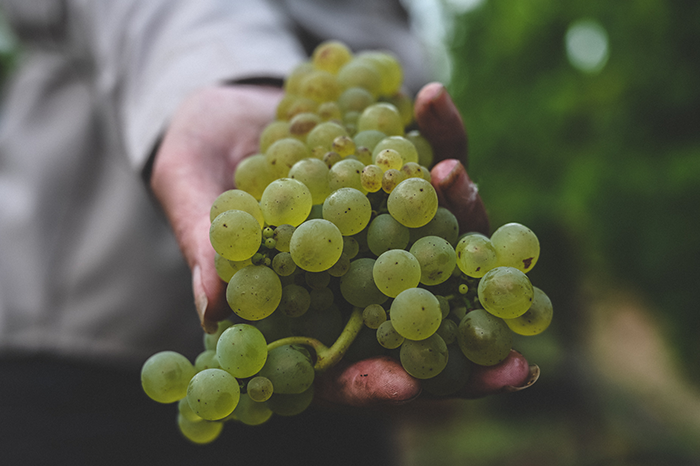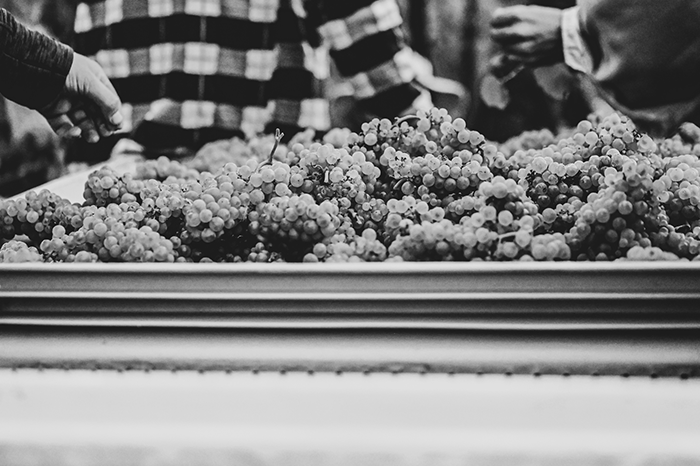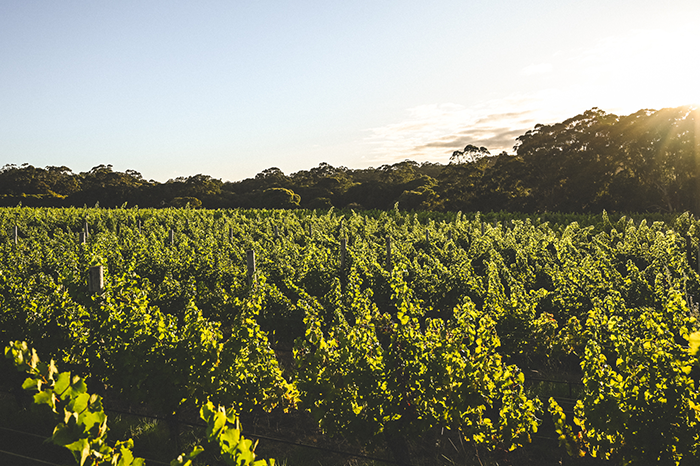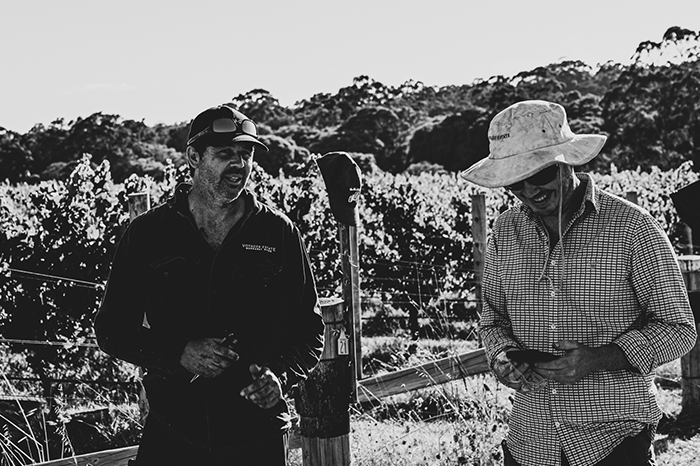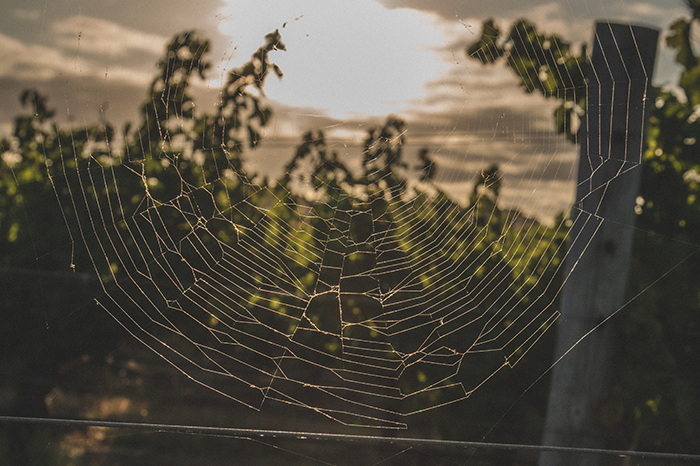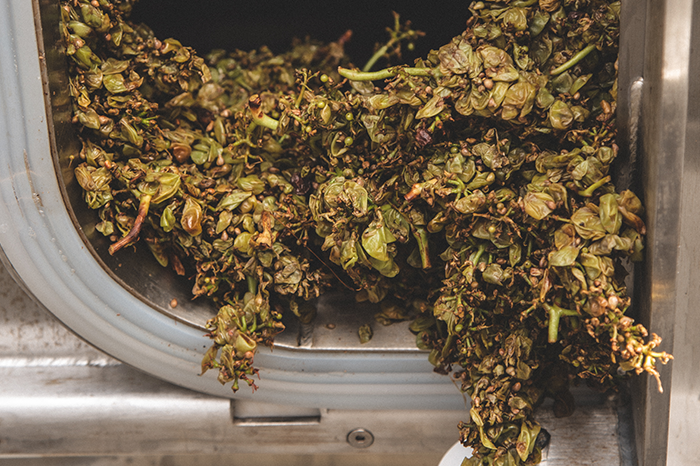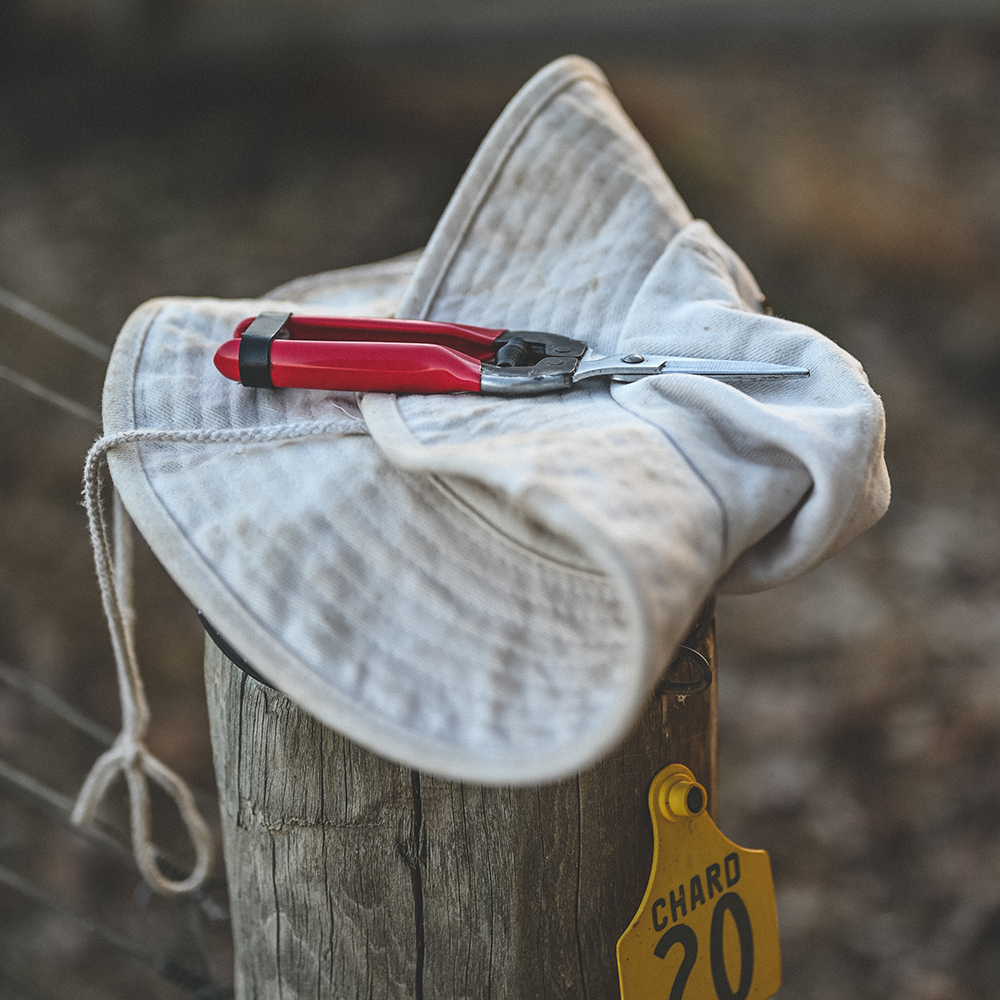INTERNATIONAL CHARDONNAY DAY
In celebration of International Chardonnay Day on 25th May, Tim Shand shares a few musings on Margaret River's renowned white grape – from what makes it cellar-worthy, to the ideal drinking temperature...
You could argue it’s the ‘era of Chardonnay’ right now – do you agree?
Yes! I think it’s fair to say that Chardonnay has graduated to the same perception of classiness we have with red wines. The interesting thing is what’s going on internationally. People are saying that Margaret River Chardonnay is as good as any Chardonnay in the world. And it’s not just us in Australia, who’ve always celebrated one of their own. This is the likes of Jancis Robinson saying, ‘Hang on, I’ve just done a Burgundy tasting and a Margaret River tasting, and whilst stylistically different quality-wise they’re on the same level.'
What do you love about Chardonnay?
One great thing about Chardonnay is its flexibility to match with so many different foods! There are so many different expressions, depending on the vintage, style and where it’s from. These can range from quite fragile, light-bodied versions, right through to the more intense and powerful. It can pair with robust roast turkey or even duck.
How did the ’21, ’22 and ’23 vintages in Margaret River differ when it comes to Chardonnay?
’22 was defined by some warm days around Christmas. There were a couple of heat spikes. Vines basically love it up until about 32 degrees, then they go into the zone where they’re not really thinking about ripening fruit and just trying to survive! That’s where good vineyard management comes into play – whether it’s well-managed watering or resilience from organics. Better soil resilience, deeper root systems and well-balanced crops all help to take the edge off those stressors. A warmer vintage can be really rewarding because you get heaps of flavour in the Chardonnay. ’23 never got those heat spikes. It was dry, not too warm and not too cold, a perfect 28 degrees right up until harvest. By comparison, ’21 was more of a cool, savoury and restrained vintage, where the flavours are not as ripe, but the Chardonnays are super elegant and complex.
Why is it challenging making Chardonnay in the Stevens Valley in particular?
We’re further south and obviously the further south you go, the cooler it gets. We catch more of the rain hitting the southern cape. We’re hanging out that week or two longer in the dodgy time where the season turns, searching for that ripeness they get in other areas, but with more potential for things to go awry! I’d say in Margaret River things are quite delineated. There’s always this feeling that eats away at us…like when will the season turn? And then it’s a question of where you sit at that point. Are you ripe, or aren’t you? The challenge (or is it an opportunity?!) for us at Voyager Estate is that we won’t source fruit from anywhere else on the map. You don’t have the ability to say, we wanted our growth to be better this year, so we’ll just bring in some fruit from elsewhere.
Does the ‘odd versus even’ vintage theory in Margaret River still hold up these days?
Generally speaking, it has been! Our two best vintages for Cabernet were arguably 2014 and 2018, so they were evens! 2020 was also a very good Cabernet vintage. Chardonnay on the other hand is much more forgiving across those more difficult years. In fact, arguably the odd years were better than the evens! 2021 was a standout for Chardonnay.
What should we look for when deciding whether a Chardonnay is cellar-worthy?
It’s tempting to think it’s all about structure and acidity, but it’s not that simple. The fruit has to be super fresh and have incredible intensity. It’s mostly about the pedigree of the site – the aspect and soil profile. A wine’s longevity is actually the test of a truly great site. If a great site can’t live for a long time as a wine, then it’s not a great site. Broadvale Block 6 is a great example of this. There’s some initial rawness to the Broady, you can see the fruit and the oak, and the trajectory of that wine is amazing. You can see this trajectory in some of our aged releases. You will be rewarded for having patience and putting a few bottles down.
A bit of a controversial one…at what temperature do you recommend drinking and cellaring Chardonnay?
I would say for Chardonnay, somewhere between 15 to 17 degrees would be a great temperature to drink it. Serving temperature is about the wine’s body. Cold if its sparkling, Riesling, Sauvignon Blanc…and Chardonnay should probably be the warmest. Chardonnay straight from the fridge is too cold in my opinion! The ideal temperature for maturation is about 10 to 12 degrees. That’s why it’s great to have access to aged releases through a winery, or other reputable source. You know where they’ve come from and that they’ve been looked after. Many wines just won’t survive the temperature fluctuations of the Australian summer unless they’re stored in ideal cellaring conditions at a constant temperature.
In Margaret River, people talk a lot about the Gingin clone. What’s the significance?
This is an interesting story. In Australia, the vine material that was available arrived in generations, and the first generation was whatever you could get a hold of! No one really knew much about provenance. The Gingin clone produces bunches with both small and big berries, sometimes called ‘hen and chicken’. That's because it turned out the Gingin clone Western Australia received had a virus! The bunches have an inherent virus in them that causes berries to develop inconsistently. It’s weird but it just works. The crops grown from Gingin are naturally lower yielding, with a lower skin to pulp ratio, creating concentration of flavour from this weird accident of history. And it's just a true Margaret River thing, or Western Australian thing actually, that the planting material imported from California had this virus. The University of California eventually worked it out and stopped exporting those vines. By then, Western Australia had planted it everywhere, and away we went.
What can we expect from Voyager’s 2023 Chardonnay releases?
We’ll know for sure in about three months I reckon! The 2023 season was perfect up until that last week, which had a bit of a sting in its tail. What I can say is that our best white grapes ripened first (a universal truth in winemaking!) and we observed fantastic flavour (lime, pear drop...) at low baumés, as well as a lovely acidity across the board, so a sure sign of a standout vintage.
